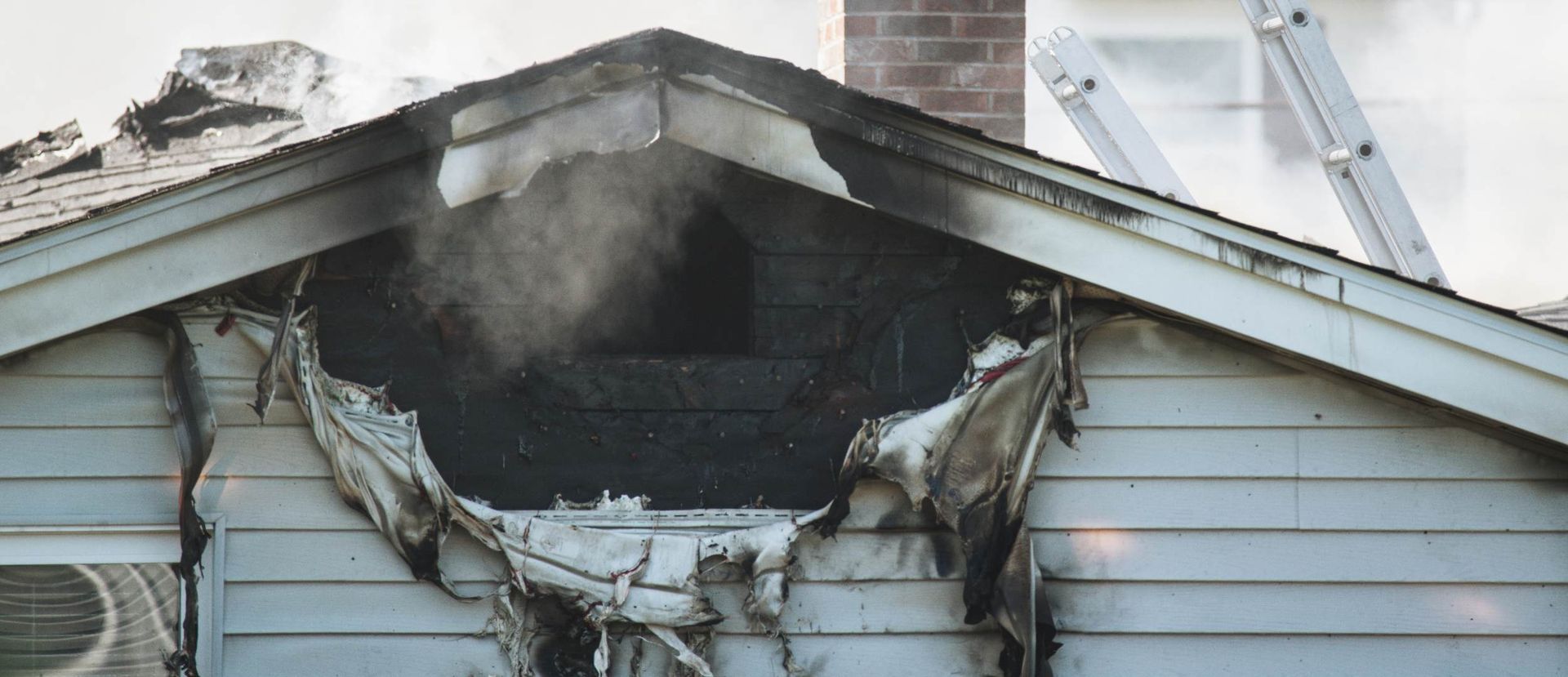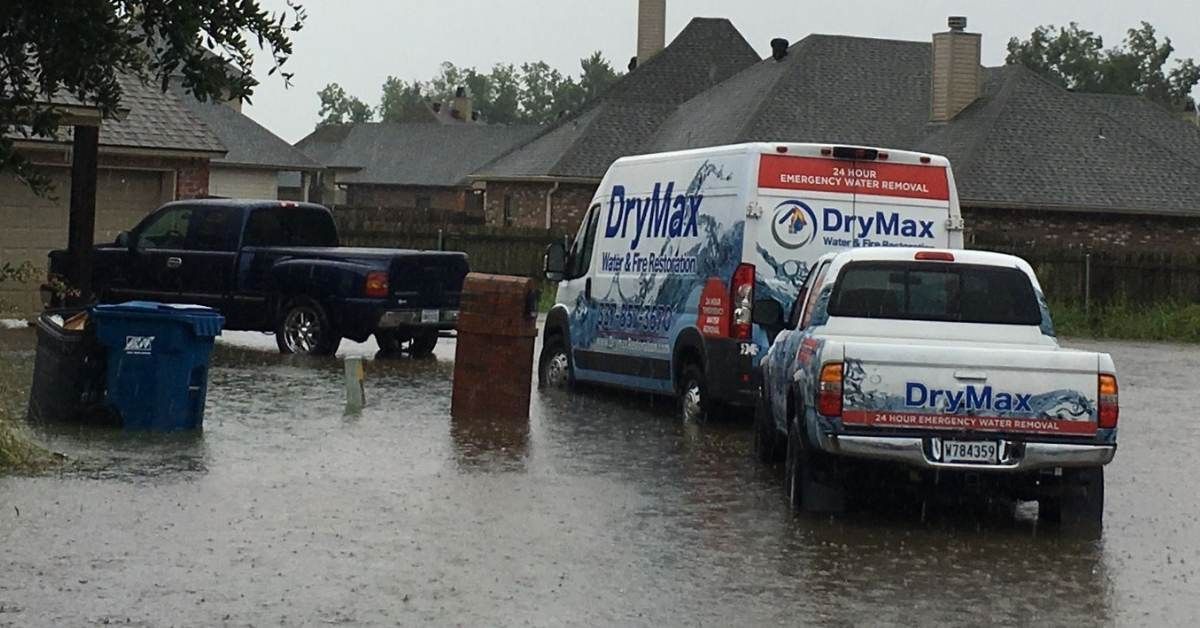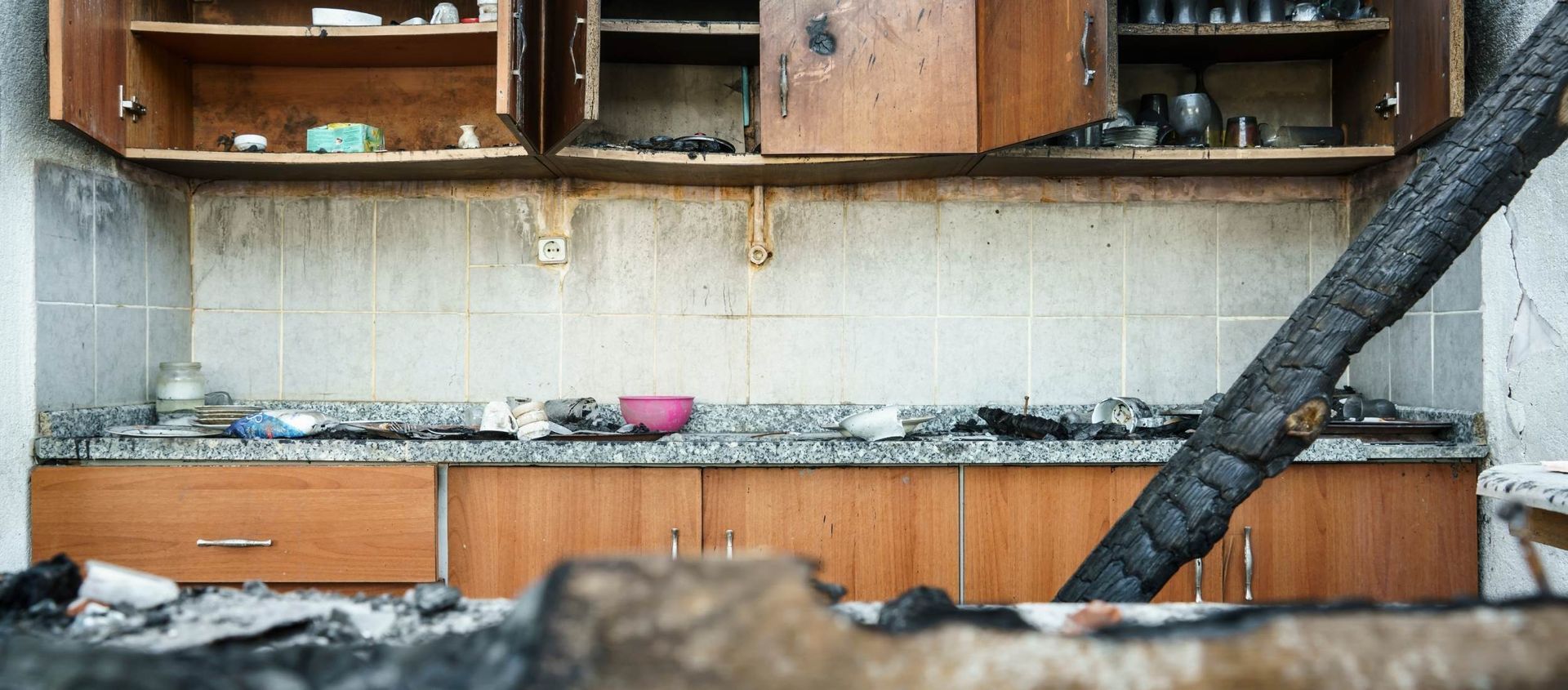Potential Fire Hazards In Your Louisiana Home To Avoid
Household Items Could Be A Fire Hazard
Each year, hundreds of house fires are reported throughout Louisiana. What’s worse is that many of these fires could have easily been prevented with a little bit of fire safety education. Many Louisiana homeowners may not realize that their homes contain many seemingly harmless items that could potentially increase the risk of a house fire. Many household fire hazards are hiding in plain sight. Homeowners just need to know where to look for them. Let’s take a closer look at items that could pose a fire hazard and how to avoid them.
- Power Strips/Extension Cords: Power strips & extension cords can overheat rapidly when overloaded with higher voltage than they are equipped to handle. This is a small detail that easily gets overlooked when it comes to fire safety. If the voltage levels are imbalanced, the heat can cause damage to the wiring within the cords. This overheated wiring is a huge fire hazard.
- Space Heaters: If you are employing the use of a portable space heater inside your home, you need to be aware of where you place it in order to avoid a fire hazard. Space heaters should be kept at a safe distance from any loose fabric, such as curtains or sheets, and placed on a non-flammable surface. Space heaters should be kept a minimum of 3 feet away from any surrounding objects. Additionally, your space heater should only be used when someone is home, and unplugged when it is not being used.
- Batteries: When household batteries come into contact with other metal objects, they are able to heat up rapidly due to the positive and negative terminals. 9-volt batteries are particularly prone to overheating because their positive and negative terminals are located on the same side of the battery. If a battery comes into contact with a metal object, even something as insignificant as a thumb tack or other common household objects, the battery can easily overheat. This can generate a spark that could quickly turn into a full blown house fire. It is important for homeowners to carefully, safely store batteries away from anything that could cause this to happen.
- HVAC: Your home’s HVAC system should be checked bi-annually for any damage, and the filter should be changed whenever necessary. While HVAC systems are not generally major fire hazards, it is important that you test them to ensure that they are functioning properly.
- Cooking: Cooking equipment & kitchen appliances are one of the leading causes of housefires across the nation. It’s important that you never leave your stove unattended, especially if it is gas powered, but this applies to all stoves. If you need to leave the room, even briefly, simply turn off the stove. It takes only seconds for a fire to start. Be aware of anything that could potentially catch fire while you are cooking, including towels, oven mitts & even wooden utensils.
- Smoking Inside: Smoking is another leading contender when it comes to the causes of house fires. The obvious answer is to simply smoke outside to avoid the risk. However, if you insist on smoking indoors, there are still things you can do to minimize the risk. NEVER smoke while lying down in bed or on your couch. Ensure that anything you are smoking is completely extinguished, or better yet, when you finish smoking, toss the remnants into a jar of water to be certain that there is no chance that it is still burning.
- Candles: As harmless as this may seem, candles can cause a lot of damage if you are not careful. Never leave a burning candle unattended. If you have to leave the room, simply extinguish the candle. To be extra safe, avoid placing candles near flammable materials and ensure that there is adequate ventilation in the space.
- Dryer Lint: The lint inside your home’s dryer is another severe fire hazard that often gets overlooked, but it is more common than you think. Cleaning out your dryer lint trap is imperative when it comes to preventing house fires. Dryer lint is extremely flammable, and the lint trap is often very close to the heat source in most dryers. This makes the potential for a fire a little too close for comfort.
Louisiana Homeowners - Practice Fire Hazard Safety
The unfortunate reality is that even if you are practicing all the fire safety that you can, accidents still happen. If your home has already fallen victim to a house fire in Louisiana, contact a
local fire damage restoration company in your area to help restore your home, and recover any salvageable contents.




